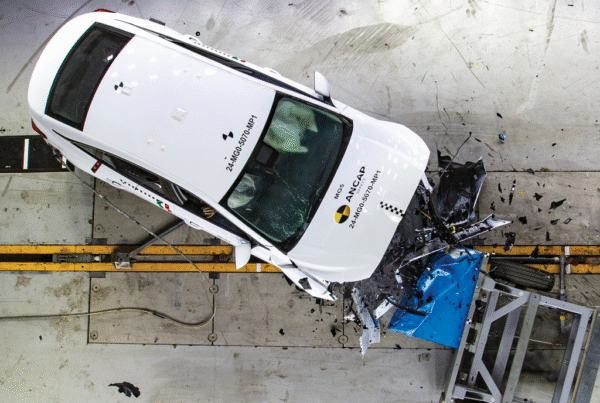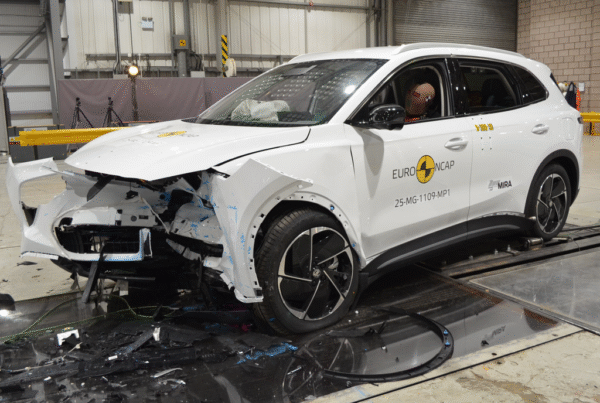Tyre maintenance is an important aspect of vehicle safety and driving worn tyres in less-than pristine conditions can have problematic and dangerous results.
A study conducted by Professor Peter Wells of the Centre for Automotive Industry Research at Cardiff University and commissioned by Halfords has found worn tyres can be as dangerous as drink driving, when looking at stopping distance.
The study found that tyres which are at the UK legal limit of 1.6mm of tread could increase braking distance by over a third compared to tyres in good condition with 4mm or more of tread. Driving with worn tyres increases additional stopping distance seven times as much as being under the influence of alcohol.
“Braking distances are an indicator of general levels of grip. So, if worn tyres increase braking distances by a third, we can reasonably assume that general levels of grip in the tyres are reduced by this amount too. Therefore, worn tyres will also have a significant impact on car control on the road in other situations, such as cornering. This means it is more likely that you’ll lose control of the car in the first place if you have worn tyres,” Professor Peter Wells said.
“Every year we advise huge numbers of UK motorists that their tyres are dangerously low on tread, but unfortunately many drive away assuming that, if they’re legal, they must be fine. But the reality is that their safety is already significantly compromised, and this will only increase as they experience more wear. Any tyres that receive a warning are likely to be illegal with just a few thousand more miles of motoring,” CEO of Halfords, Graham Stapleton said.
“A tyre with just 1.6mm of tread could be one small lock up or pothole away from being illegal and this could even happen on the way back from the test centre, but the tyres may not be checked again until their next MOT. This study clearly demonstrates that current tread limits are just too low given how much grip is reduced, even when within legal limits. “


















